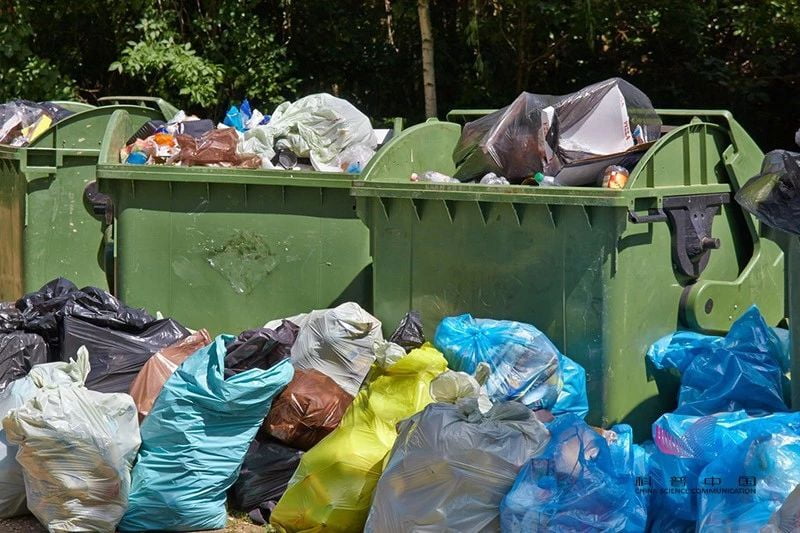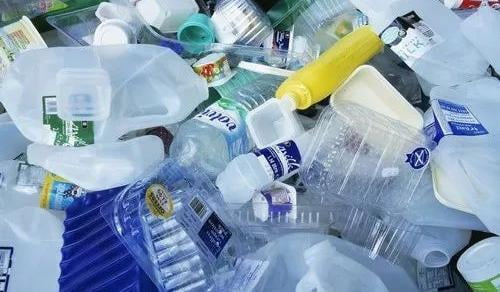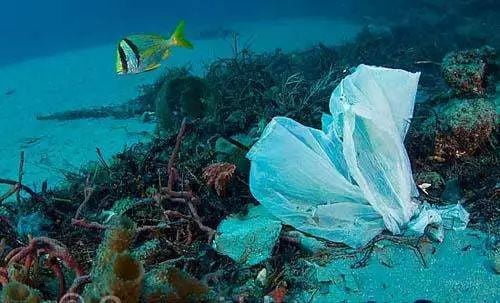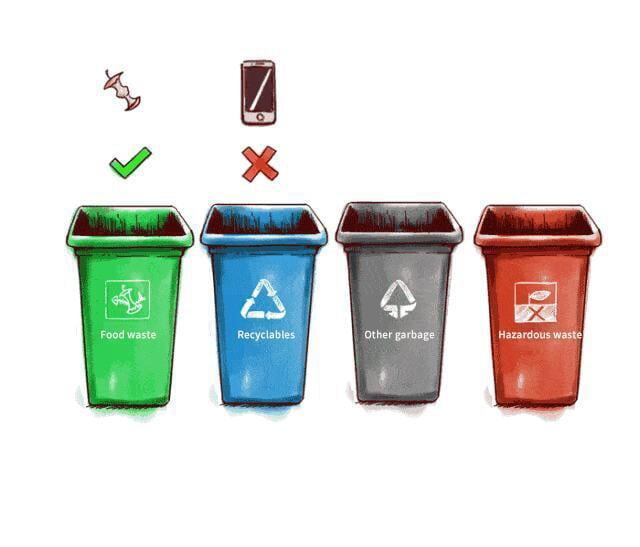Why do we need to limit and ban plastic? Take a look at this data set.
The global average consumption of 1 million plastic bags every 1 minute. The total annual global plastic consumption of 400 million tons. China consumes more than 60 million tons. Currently only 14% of global plastic packaging is recycled, and only 10% is eventually recycled effectively.
The amount of plastic waste flowing into the world's oceans each year is staggering.
What are the hazards of non-biodegradable plastics?

1、Serious impact on the body
The main raw materials of daily use of non-biodegradable plastic bags are polyethylene and polyvinyl chloride, and polyvinyl chloride plastic residues of vinyl chloride monomer, when people are exposed to the wrist, finger swelling, skin sclerosis and other symptoms, but also may appear swollen spleen, liver damage and other symptoms.

And when the use of disposable foam plastic tableware temperature reaches 65 ℃, the harmful substances in it will seep into the food, after consumption will damage the human liver, kidneys and central nervous system.
2、Degradation of the soil and the environment of rivers, lakes and seas
Degradation of plastic products usually takes decades to centuries. Some studies have noted that some plastics can remain undecayed for 1,000 years. If plastic products remain in the farmland for a long time, then it will affect the crop's absorption of water and nutrients, inhibit the growth and development of crops, and cause the reduction of crop yield. If animals accidentally eat plastic products, it will cause indigestion and even death.

3、Landfill disposal will contaminate groundwater
On the one hand, because of the low density and large volume of plastic film, landfills quickly fill up and the capacity to treat waste is subsequently reduced. On the other hand, due to the soft foundation of the landfill, bacteria, viruses and other harmful substances in the waste can easily seep into the ground, contaminating the groundwater and endangering the surrounding environment.
4、Incineration treatment leads to secondary pollution
Incineration of non-degradable plastics containing chlorine produces large amounts of toxic substances, such as dioxins, which cause serious secondary pollution to the environment.
How can we reduce plastic waste hazards?
In our daily lives, we should all raise our awareness of environmental protection and consciously reduce the use of non-biodegradable plastic products. Try to use biodegradable plastic products, or choose paper environmental protection bags, cloth bags. Try to recycle biodegradable plastic products for a long time.

Don't throw away garbage and do a good job of separating garbage. Protect the environment, everyone is responsible. Plastic restriction, plastic ban, from you and me to start.

